The Money Tree (Pachira aquatica) is not only a beautiful houseplant with braided trunks and lush green leaves, but it also holds cultural and symbolic importance. Known to bring good fortune, prosperity, and positive energy in feng shui practices, this plant has become a staple in many homes and offices. While the lore adds a charming touch, the Money Tree is also a low-maintenance indoor plant — making it a favorite among both new and experienced plant lovers.
This complete guide will walk you through everything you need to know about how to take care of a Money Tree plant, ensuring it thrives and continues to bring good vibes to your space.
1. Choosing the Right Spot
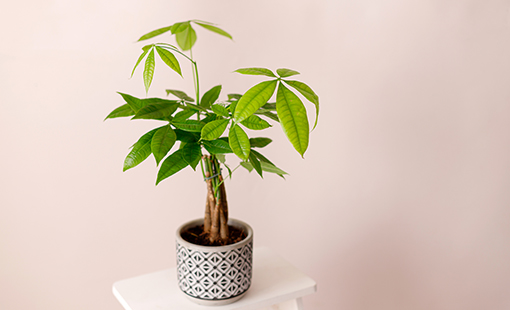
The first step to a healthy Money Tree begins with location. Money Trees enjoy bright, indirect sunlight. A spot near a south- or east-facing window with filtered light is ideal. Avoid placing it in direct sun, which can scorch the leaves, or in low-light areas, which may cause leaf drop.
Tip: Rotate your Money Tree every week so all sides receive even sunlight exposure, promoting balanced growth.
2. Ideal Temperature and Humidity
Money Trees are native to Central and South American swamps, meaning they thrive in warm, humid environments. Aim to keep your indoor temperature between 65°F to 80°F (18°C to 27°C). Avoid cold drafts and sudden temperature drops, which can shock the plant.
Humidity matters, too. These plants prefer moderate to high humidity levels. If you live in a dry climate or your indoor air is dry (especially in winter), consider:
- Using a humidifier
- Misting the plant occasionally
- Placing a pebble tray with water beneath the pot
3. Watering: Balance is Key
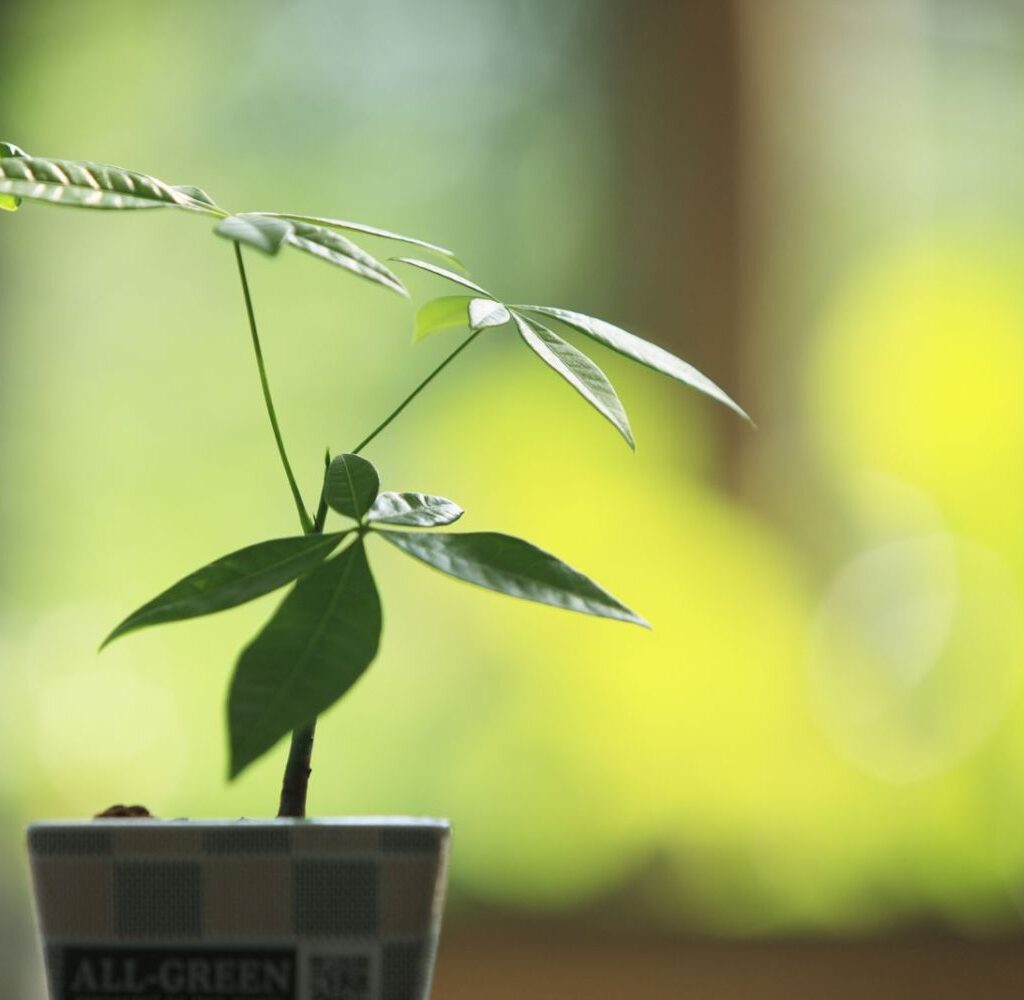
Overwatering is the most common mistake made with Money Trees. Here’s how to get it right:
- Water thoroughly when the top 2 inches of soil feel dry.
- Ensure excess water drains out of the bottom of the pot.
- Avoid letting the plant sit in water, as this causes root rot.
Tip: Reduce watering during winter when growth slows down.
4. Choosing the Right Soil and Pot
The ideal soil for a Money Tree should offer excellent drainage while retaining enough moisture. A peat moss-based soil or cactus/palm soil mix works great. You can also create a homemade blend using:
- 1 part peat moss or coco coir
- 1 part perlite or sand
- 1 part potting soil
When selecting a pot, ensure it has good drainage holes. A terra cotta or ceramic pot helps regulate moisture better than plastic ones.
5. Fertilizing for Healthy Growth

Money Trees benefit from occasional feeding, especially during the growing season (spring to early autumn). Use a balanced, water-soluble fertilizer diluted to half strength once a month.
Avoid fertilizing in winter when the plant is in dormancy. Over-fertilization can lead to salt buildup and leaf burn, so less is more.
6. Pruning and Shaping
Pruning helps maintain your Money Tree’s shape and encourages new growth. Here’s how to prune effectively:
- Use clean, sharp scissors or pruning shears.
- Cut back any leggy or discolored stems.
- Remove yellow or damaged leaves.
- To control height, snip off the top of the main stem.
You can also braid the trunks while they are young and flexible to enhance their ornamental look.
7. Repotting the Right Way
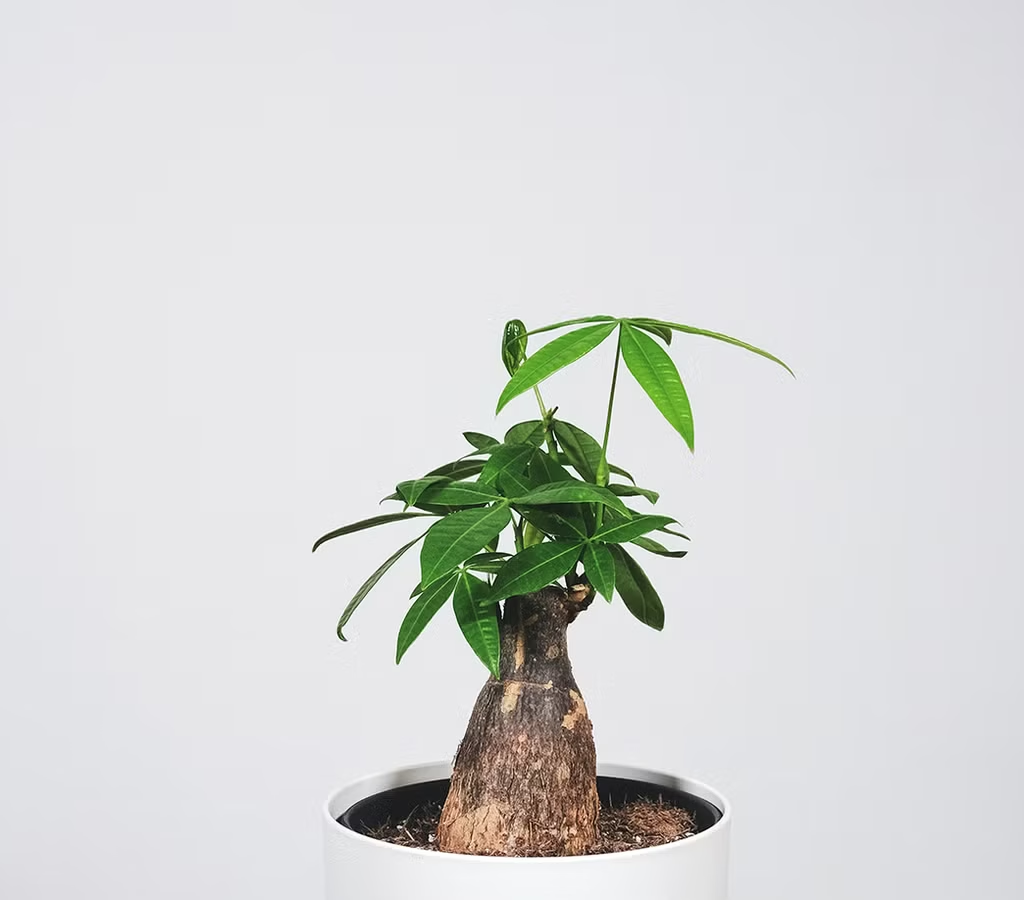
Repotting should be done every 2 to 3 years, or when the plant becomes root-bound. Signs your Money Tree needs repotting include:
- Roots growing out of the drainage holes
- Slowed growth
- Soil dries out too quickly
When repotting:
- Choose a pot one size larger.
- Refresh the soil mix.
- Water the plant lightly after repotting.
8. Pest and Disease Management
Though relatively hardy, Money Trees can occasionally suffer from pests or diseases:
Common Pests:
- Spider mites
- Mealybugs
- Scale insects
These can be treated by wiping leaves with a mixture of water and a few drops of dish soap or using neem oil spray.
Common Diseases:
- Root rot from overwatering
- Powdery mildew in high humidity without airflow
Ensure proper watering and air circulation to prevent these issues.
9. Symbolism and Feng Shui Placement
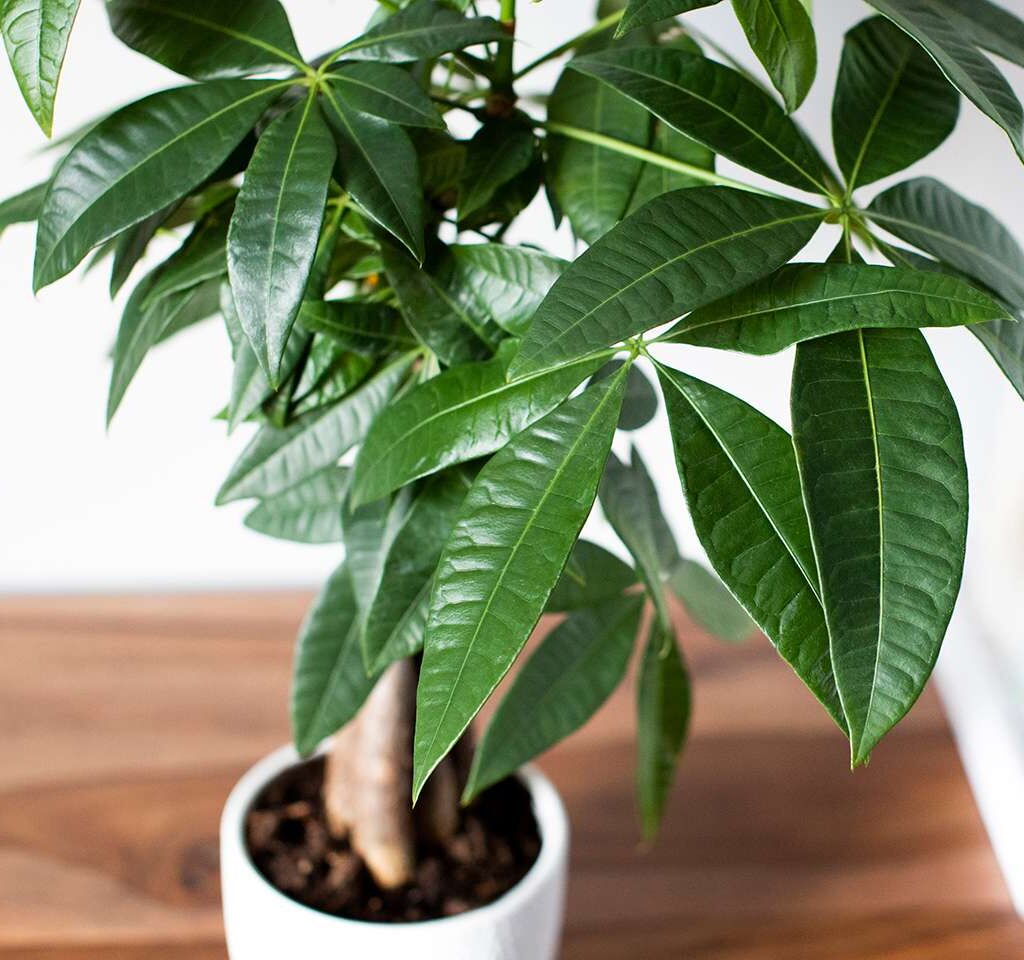
In feng shui, the Money Tree is believed to attract wealth and prosperity, especially when placed in specific areas of your home or office.
- Wealth corner (southeast) of your home is considered the most auspicious spot.
- Avoid placing it in bathrooms or cluttered areas, as these are thought to drain positive energy.
- Tie a red ribbon around the trunk or place coins in the soil to enhance symbolism.
10. Propagating a Money Tree
You can propagate a Money Tree through stem cuttings:
- Choose a healthy stem with a few leaves.
- Cut it just below a node using sterilized scissors.
- Dip the end in rooting hormone (optional).
- Plant the cutting in moist potting soil or place it in water until roots form.
- Keep it in a warm, humid location with indirect light.
Bonus: Signs Your Money Tree Needs Help
| Symptom | Possible Cause | Solution |
|---|---|---|
| Yellow Leaves | Overwatering or poor drainage | Check soil moisture, repot if needed |
| Drooping Leaves | Underwatering or sudden temperature changes | Adjust watering and avoid drafts |
| Brown Leaf Tips | Low humidity or salt buildup | Increase humidity and flush soil |
Final Thoughts
Taking care of a Money Tree plant isn’t just about maintaining its health — it’s also about nurturing the symbolism and intention behind it. With the right care, this beautiful plant can become a long-living, luck-bringing companion in your indoor garden. Whether you’re a beginner or a seasoned gardener, the Money Tree is a rewarding and meaningful plant that brings both beauty and positivity into your home.
So give your Money Tree the love it deserves, and it just might return the favor — in greenery and good fortune!

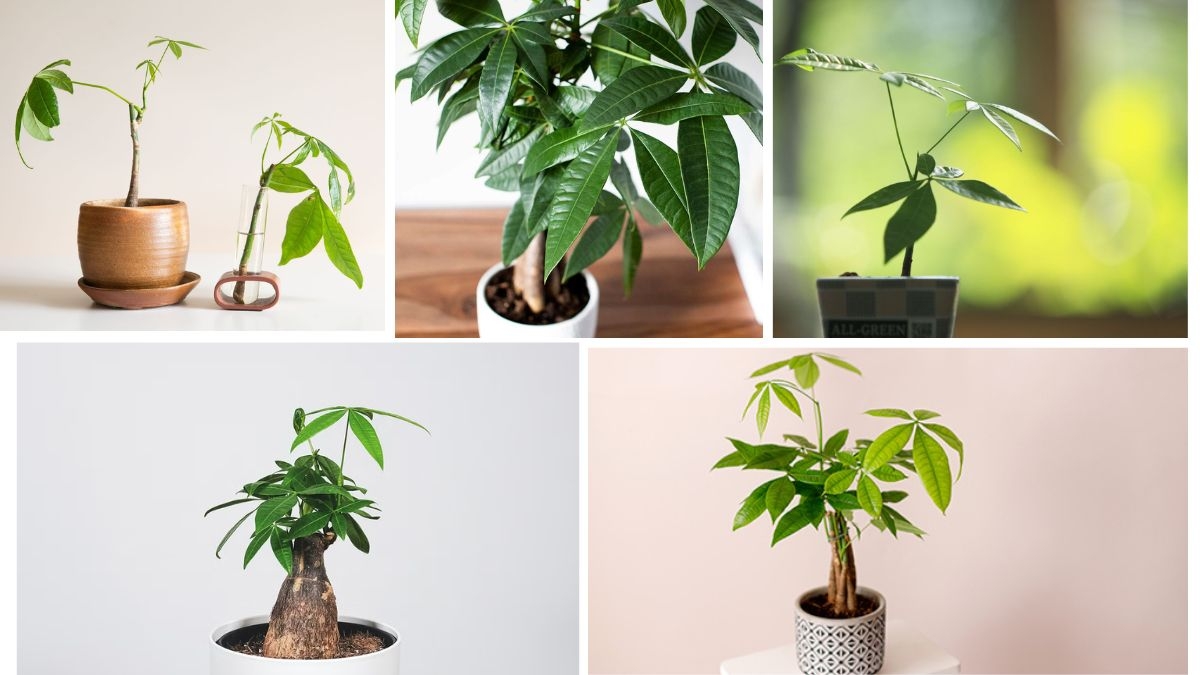





Leave A Comment